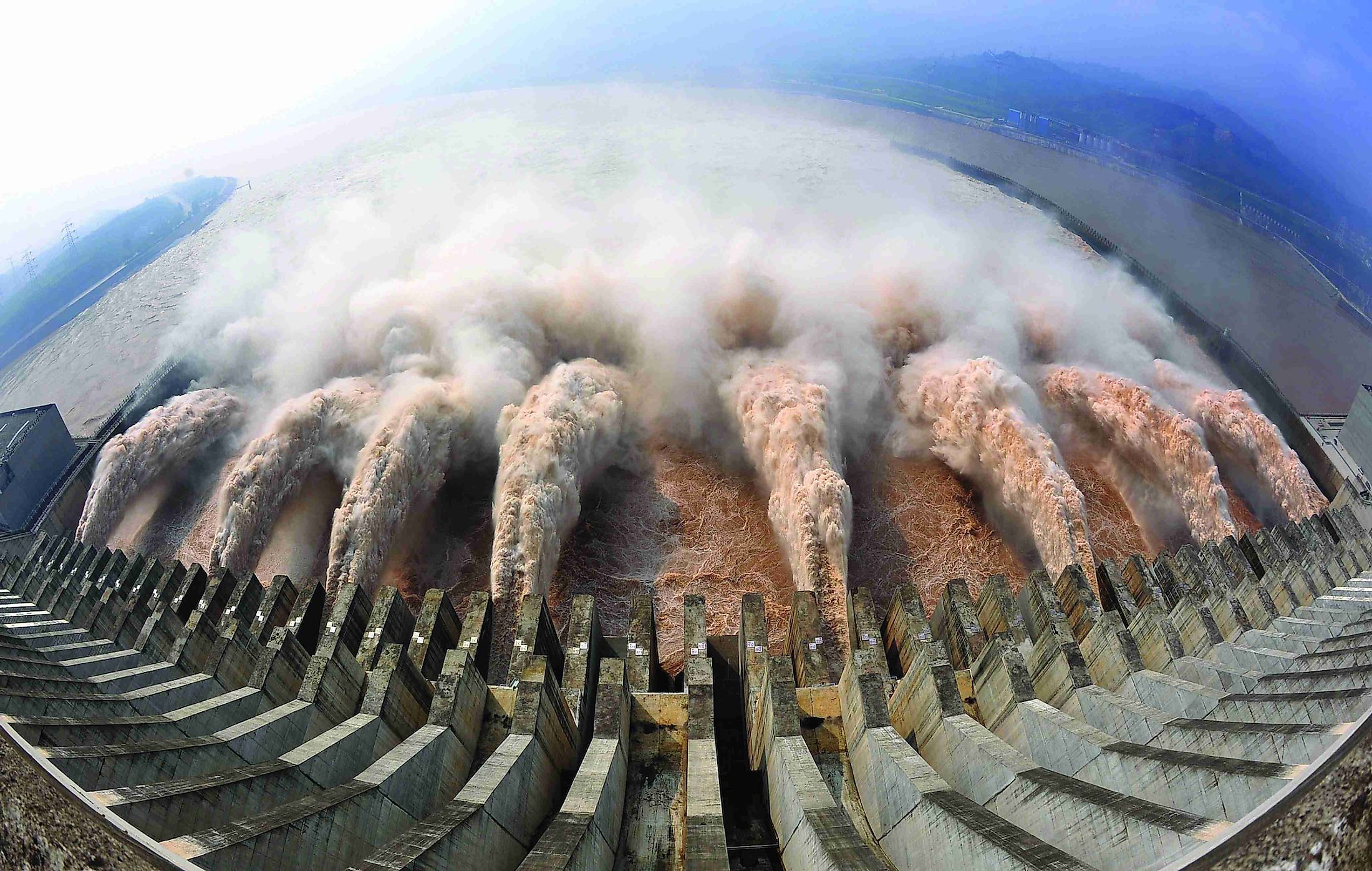
How Do Hydroelectric Dams Work?
Hydroelectric energy is a form of renewable energy produced by harnessing the power of moving water and converting that to usable electricity. A dam is a vital part of this process and works by reserving or holding back this power and controlling its flow. This flow can then be used more effectively as its controlled speed or velocity turns turbines that generate electricity.
How Does It Work?
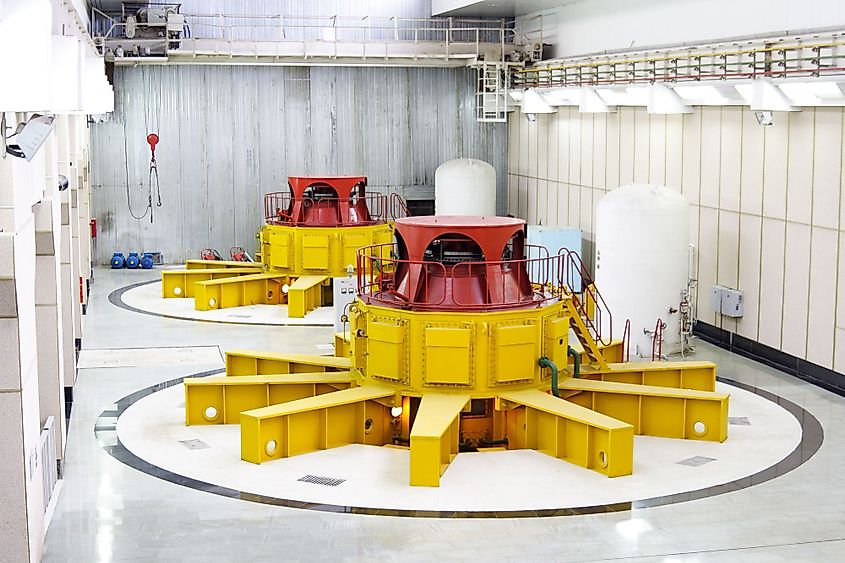
Most energy forms involve movement that generates power, and a system is constructed to harness and control that power. In hydroelectric plants, this comes in the form of a turbine, which is essentially a massive propeller on a shaft. The water flow pushes the turbine, much like the wind would spin a windmill, which turns the turbine and shaft. The shaft is part of an electric generator, and its movement acts as a motor that generates power.
Why Do We Need A Dam?
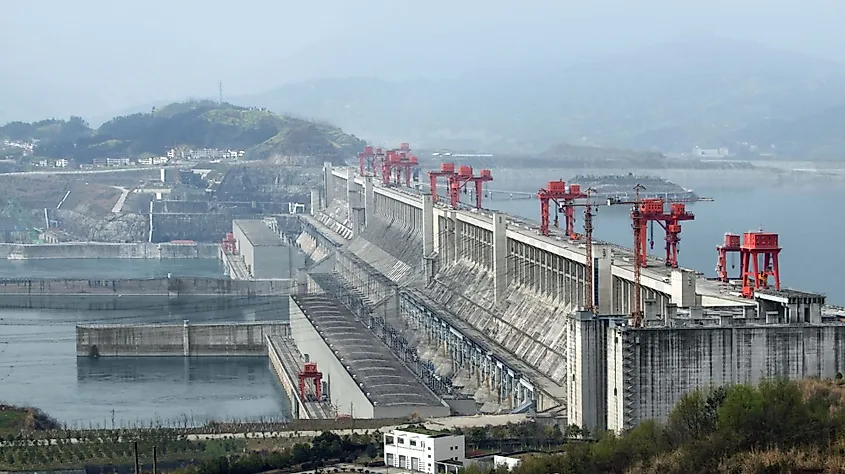
A dam is an essential part of this process because it creates height. When a dam is constructed on a large river, it is usually built with considerable height. Behind the dam, the river’s natural water flow builds up. At the bottom of the dam wall, there is a passage known as a water intake. The pressure that builds up behind the wall from the river's current creates pressure. Due to the increasing pressure and gravity within this reservoir, the water will fall through this intake valve or penstock. The penstock, or intake tunnel, leads to a turbine propeller. As the water flows over the turbine, its current and velocity will cause the turbine to spin, thus producing power within the generator.
Receiving Power From The Dam
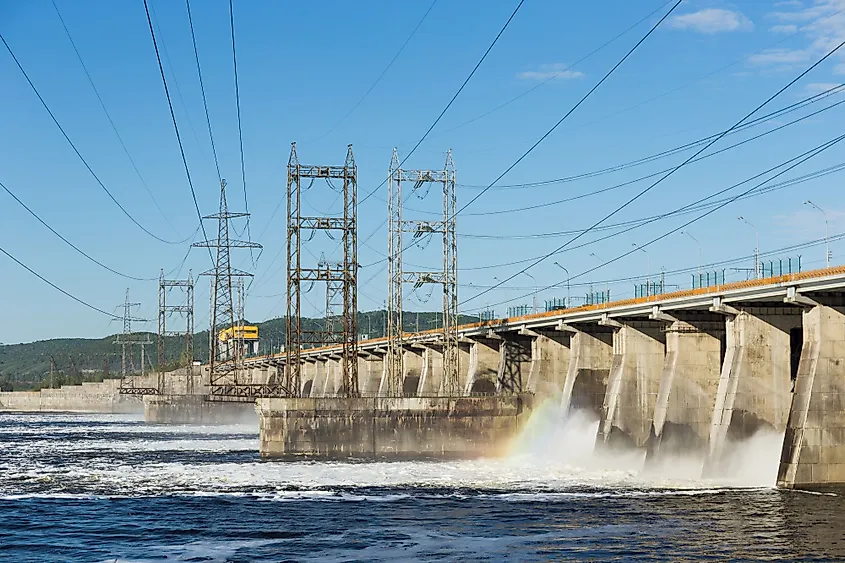
Usually, a hydroelectric plant will consist of several generators, and these will be connected to power lines and towers. These lines then carry the electricity to communities, cities, and homes in the neighboring areas.
How Is This A Renewable Energy Source?
The great thing about hydroelectricity is that it is renewable. This means that, in theory, we can never run out of the source of this power (water), unlike fossil fuels such as coal or oil. Once the water has passed over the propellor and turned the turbine, it flows out of the system and continues into the river on the other side of the dam. This means that the process only uses the current or momentum of the water, and the river is otherwise allowed to continue, unchanged. As long as the river continues to flow in that area, the dam will have a near-endless source of power.
Controlling Electricity Production
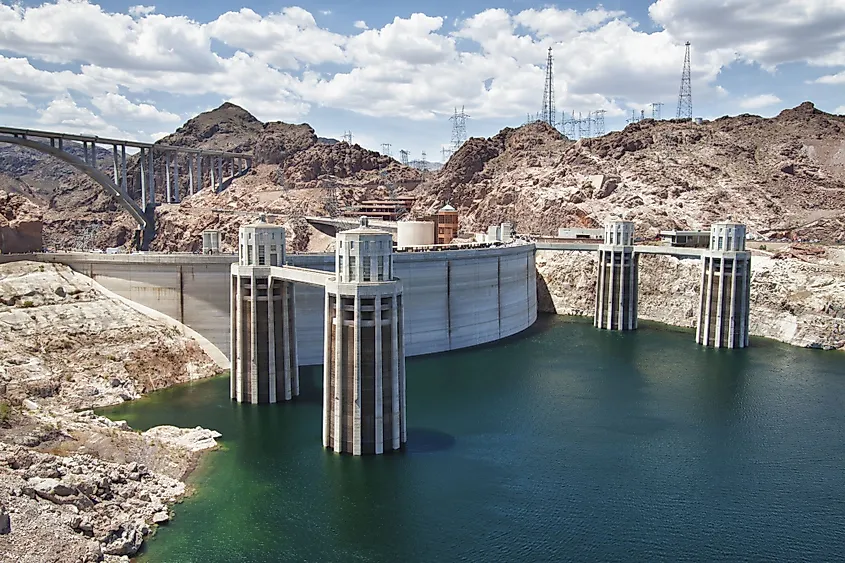
Similarly, hydroelectric dams allow plants to control the amount of electricity that is being produced. This means that lots of electricity can be produced during peak times (generally daytime), while at night, when usually less is needed, the plants can generate less. This works using a ‘pumped storage’ system, which actually reuses the same water. Once the water flows through the initial penstock, it is pumped back into a storage pool above the power plant. This process is done at off-peak times when energy demand is lower. By pumping the water into these reservoirs, the plant can reuse this water and have an ample supply of water on hand for times when electricity demand is high.











